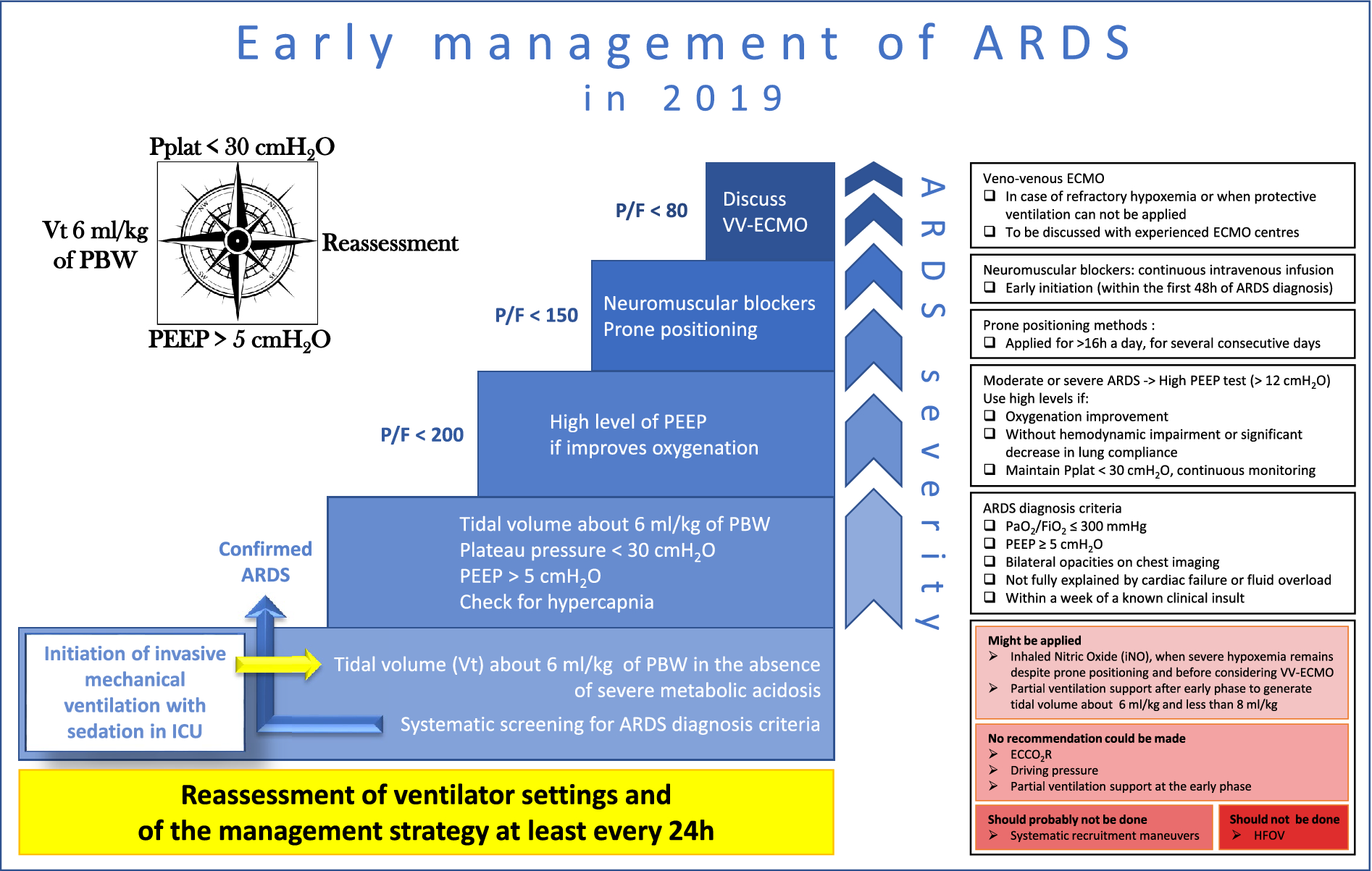Ventilatory Dyssynchrony
Patient-ventilator Interactions: Implications or Clinical Management – AJRCCM 2013
- Evergreen review of trigger, flow, and cycle dyssynchronies including recognition and management
Alveolar Gas Equation
- In-depth derivation of alveolar gas equation for those interested in a deep dive
Bias in Pulse Oximetry
- Recently published large retrospective study that found occult hypoxemia (SaO2 <88% with SpO2 ≥92%) more common in Black vs White patient
Non-invasive Ventilation in the ICU
Philips Respironics V60 User Manual
- Critically important to know how to use the devices available to you
- Page 4-7 reviews trigger, target, and cycle for the different modes available on the V60
ATS/ERS Guidelines on use of NIV for Acute Respiratory Failure – ERJ 2017
- Consensus guidelines on use of NIV in respiratory failure. A nice summary of the literature on the use of NIV in the pre-intubation and post-extubation setting
- Summary of 3 important guidelines from the ATS/ACCP on evidence-based liberation from mechanical ventilation in critically ill adults. References to the parent documents are provided in this summary
Journal Club: PROSEVA
Prone positioning in severe acute respiratory distress syndrome – NEJM, 2013
- Landmark RCT which found prone positioning for 16 hrs/day associated with a significant mortality benefit for patients with severe ARDS
- Retrospective analysis of PROSEVA data which found that did not find an association between the improvement in gas exchange and survival – suggesting perhaps that proning mechanism of benefit is largely through limiting VILI
Evidence-based ARDS Care
- Evidence-based multi-society guidelines on mechanical ventilation in ARDS. Only LTVV + Pplt < 30 cmH20 and prone positioning for > 12hrs/day in severe ARDS receive strong recommendations FOR
Formal guidelines: management of acute respiratory distress syndrome – Annals Intensive Care 2019
- More recent guidelines from Société de Réanimation de Langue Française. Their approach:
